|
In the previous blog article in this series, I showed “before” photos of a tattered vintage footstool I purchased a few years back. Over the past few weeks, I managed to strip, clean, and sand this decrepit little stool in preparation for a fresh new stain and finish. Here’s how I did it… Materials used… For the stripping phase of this project, I used Citristrip gel stripper, industrial grade disposable gloves, a natural bristle paintbrush, a plastic scraper, an old glass bowl I didn’t mind parting with (since I didn’t have a metal container on hand), an old toothbrush (for those hard to reach nooks and crannies), and several plastic trash bags to catch the mess and for cleanup. For the cleaning phase, I used mineral spirits, an old toothbrush, an old soft scrub brush (soft so the wood doesn’t get scratched up), a disposable plastic container to hold the mineral spirits, and (again) several plastic trash bags to capture all the mess. Finally, for the sanding phase, I used 100-grit sandpaper, 220-grit sandpaper, and some paper towels to do the final wipe-down. Applying the stripper… A couple of words about safety…This process can make a mighty mess! The stripper can also be harmful to your skin, your lungs, and the environment—depending on what type of stripper you are using. Using plastic trash bags underneath my workpiece kept the mess contained, and then I gathered up the trash bag when it was time to clean up. I chose to use Citristrip gel, which is much safer than many other strippers on the market, but you still have to be aware that it can be harmful if you get it on your skin. I didn’t have any reactions when it got on my skin, but I did use industrial-grade gloves some of the time just in case. Also, stuff splatters when you are stripping furniture! So wear old clothes and eye protection! Good ventilation is necessary as well. I took my small stool outside and worked in my driveway and yard. At the start of the day, I tentatively applied a thin coat of gel stripper to my stool, not realizing that you need to slather it on for it to be effective. When I checked on the progress forty-five minutes later, nothing had happened, so I decided to put on a second, much thicker coat. And so I confidently went back to check on the paint stripper again an hour later, expecting a different result…and nothing had happened! This is where the real lesson begins! So I was standing there looking at this stool with a paint stripper that didn’t seem to be working, and I was confused and devastated! This was NOT how I wanted to start my day! I took a coffee break, checked out a couple of YouTube videos, and learned that the surface should look white, blotchy, or bubbly when ready to be scraped. I have to say, the piece in the video became white and blotchy within 10-15 minutes, but I went out to check my stool after 20 minutes, and it was still not looking ready to scrape—like at all. I have learned through this process that you don’t know how long the stripper will take to work or how well it will ultimately work until you are in it. Sometimes chemistry works fast and does a good job, and sometimes it goes slow and not so well. Some finishes don’t react well to the stripper, or at least don’t work as fast as you would like. At this point, I have to point out that I deliberately chose a more environmentally friendly paint stripper—because that is important to me—but environmentally-friendly strippers may take longer to work and may not be strong enough for the particular job at hand, requiring a hell of a lot more elbow grease to get the job done (as I found out during this arduous process). So an hour and a half goes by, and I check on the progress—again. At first, I didn’t see a difference and was ready to give up and just scrape off the stripper I had applied, clean the stool up with mineral spirits, and just sand the whole damn thing. But when I took another look from a different angle, I thought I saw the telltale white streaks that showed that the stripper was starting to work on the finish and stain…At least that’s what I thought. Thinking that there was finally progress—after hours of trying to figure out why this whole process did not seem to be working for me—I let the stool sit for a while so the stripper could do its job so I could cook dinner. Fast forward three hours…I went back to check on the progress and realized—to my horror—that the stripper had dried on to the point where I couldn’t even scrape it off. The sun had shifted while I was in the house, and the stripper had baked into the wood! But that was only part of the problem…I also realized that the stripper only removed the top layers of varnish and only some of the stain. I was so aggravated at this point, but I had some difficult decisions to make. Do I try yet another coat of stripper to see whether it takes off the remaining stubborn stain? Do I skip the stripper on the rest of the stool and sand the whole piece? Do I continue to strip what’s left of the stool and try to go with the stain that remained behind in the wood? Do I trash the piece because it is now more work than I wanted to do on this project? Here’s a little trick that I wish I had done before I just dove into this stripping process with the eagerness of a four-year-old…I should’ve done a test spot first. You should test a small, inconspicuous spot to see how the wood will react to the stripper and then go from there. I wish I had done that little trick because there I was—hours later, frustrated and pissed—staring at a hideous-looking stool that was 1/3 of the way stripped and not looking good. So, after licking my wounds for a bit, I decided to keep going—because I am stubborn and will not be defeated by something as trivial as an uncooperative stool! I grudgingly added yet another coat of stripper to rewet the baked-on stuff so I could scrape it off. I took a deep breath, muttered a few choice words, and then diligently applied stripper to the rest of the stool. I was resigned that this would be a difficult process. The good news is, after an ENTIRE day of whining, complaining, forcing myself through the disappointing results, and almost giving up (several times), I did manage to get this aggravating little stool stripped. But let’s just say I was less than pleased with this project and the results so far… Cleaning up with mineral spirits… I let a few days go by before cleaning the wood with mineral spirits—partly because I didn’t have much time but mainly because I was disgusted and didn’t want to look at it yet. But I finally decided to take stock of the situation so that I could make some decisions about how to proceed. First, I noticed that the stripping and cleaning process did quite a lot of damage to the veneer around the seat rail. The wetness loosened the veneer and softened it to the point where it started cracking and chipping off. I’m not too worried since almost none of the seat rails will be seen after I apply the jute twine to the top, covering those areas completely. But I am still not happy that the damage occurred. And then I looked at the awful state of the wood and all the stain still left behind—despite hours of hard work and two or three coats of stripper. All I could do at this point was to hope that I could clean it up with mineral spirits and sandpaper. And so I prepped my workspace in my driveway and dug in, fueled by coffee and a stubborn streak. I spent an hour cleaning the stool with mineral spirits and then let it dry outside. A little while later, I went to check on it, and—to my astonishment—much of the dark stain was gone! At this point, I realized that I was still in the game. There was still a chance I could pull this off and create a beautiful, weathered plant stand for my living room…All I needed to do now was to sand it a bit… Sanding the piece in preparation for stain… The sanding was a relatively easy process—considering I was sanding by hand—that only took me an hour and a half to complete. I hit it first with 100-grit medium sandpaper, then 220-grit fine sandpaper. This cleaned off any residue from the stripping and cleaning process and lightened the leftover stain just enough to make the wood more or less even in tone. I feel confident that the tea stain I plan to use will work well with the coloration still left on the wood. The more I look at it, the more I think the leftover stain will work to my advantage and play into my vision of a weathered finish for my new plant stand. I will create and apply a homemade, non-toxic tea stain next. It should be exciting…I hope! Click on the links below to follow my journey through the stages of this project…
The original vintage stool Staining the piece with tea The final touches and finished piece
0 Comments
Leave a Reply. |
Author
Some of the posts on this site contain affiliate links. This means if you click on the link and purchase the item, I will receive an affiliate commission. Categories
All
Archives
October 2025
|
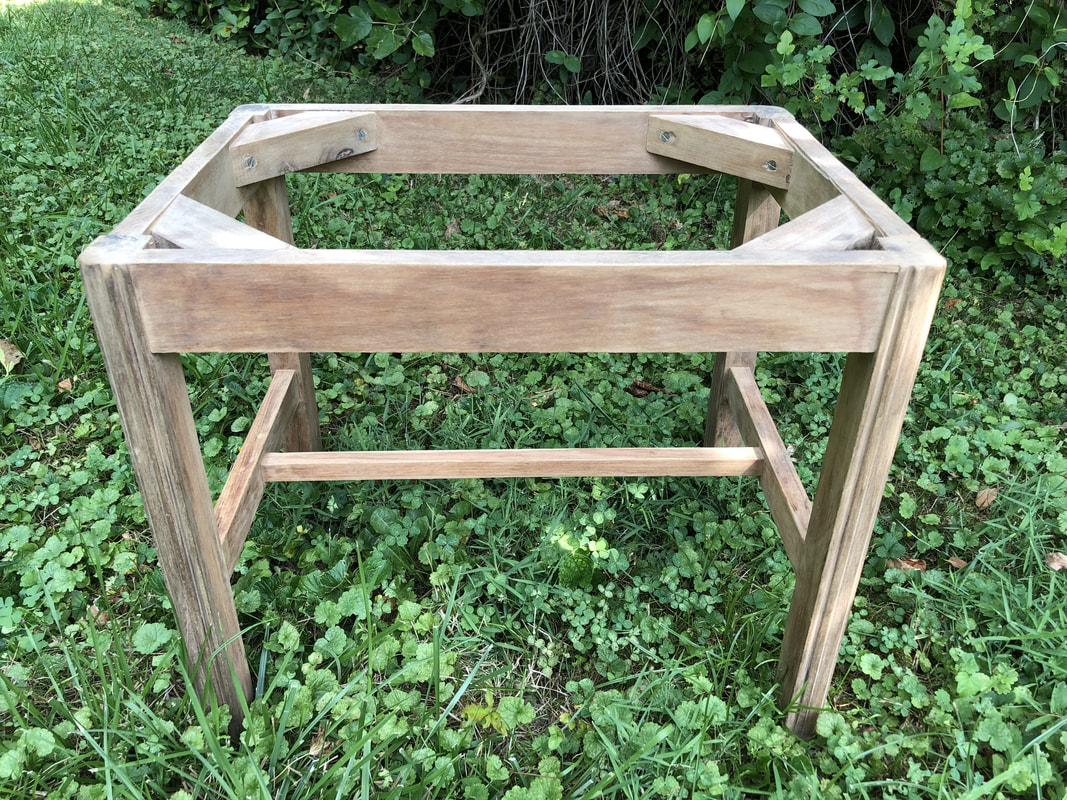
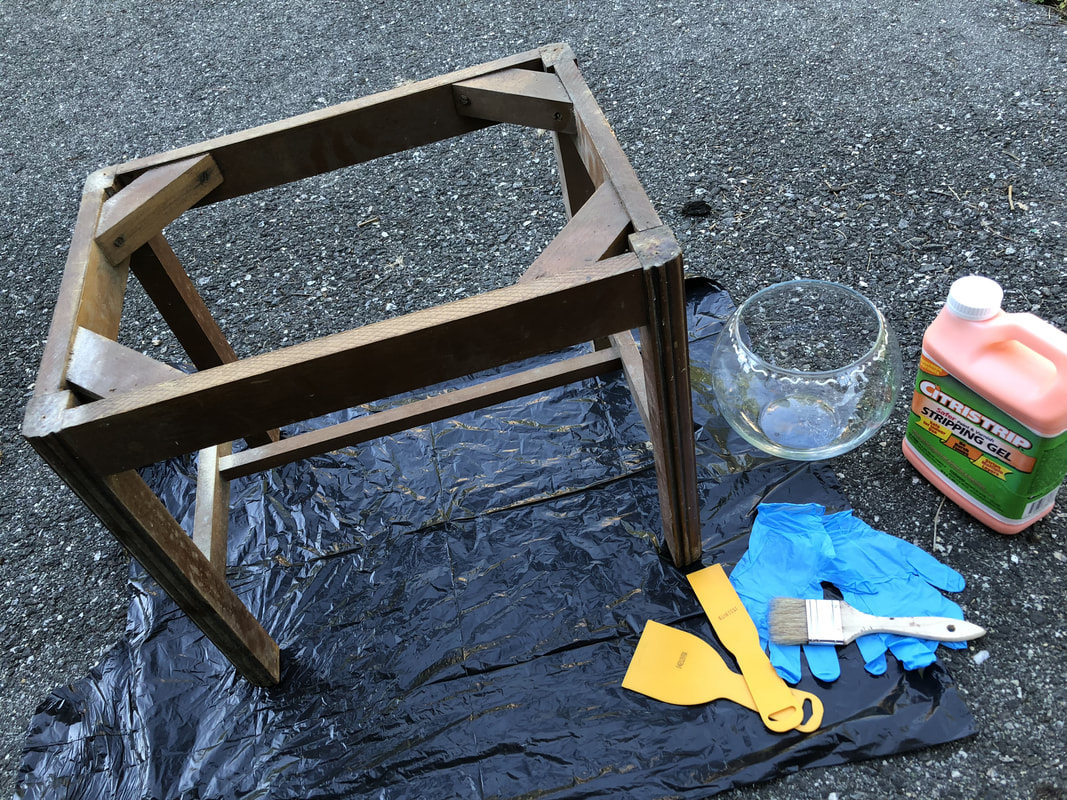
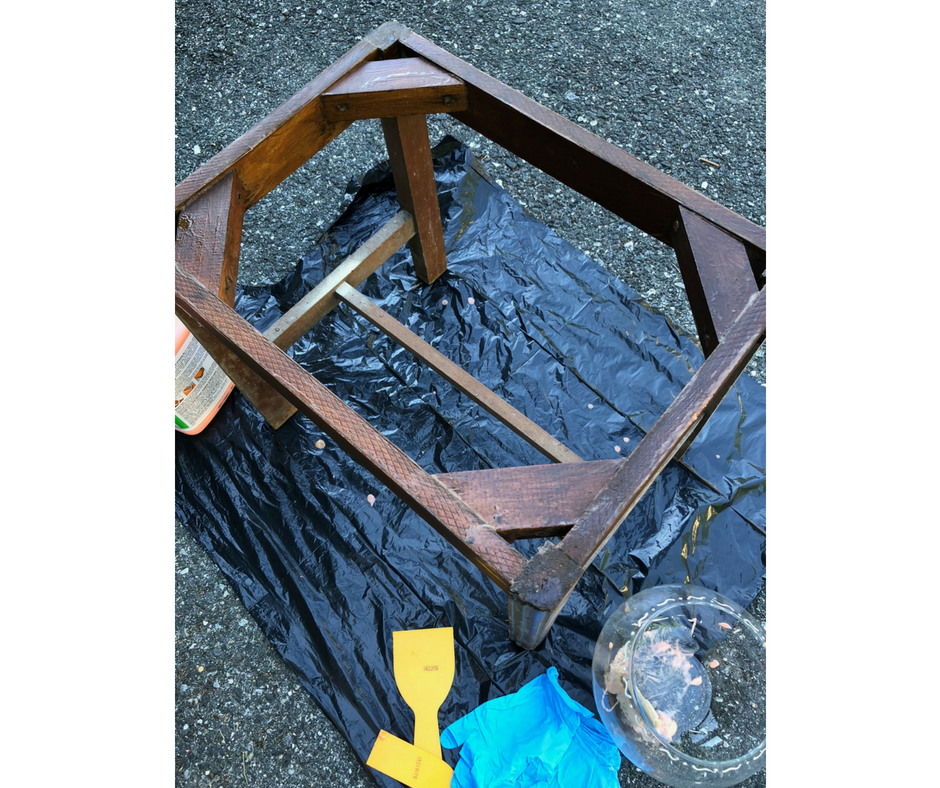
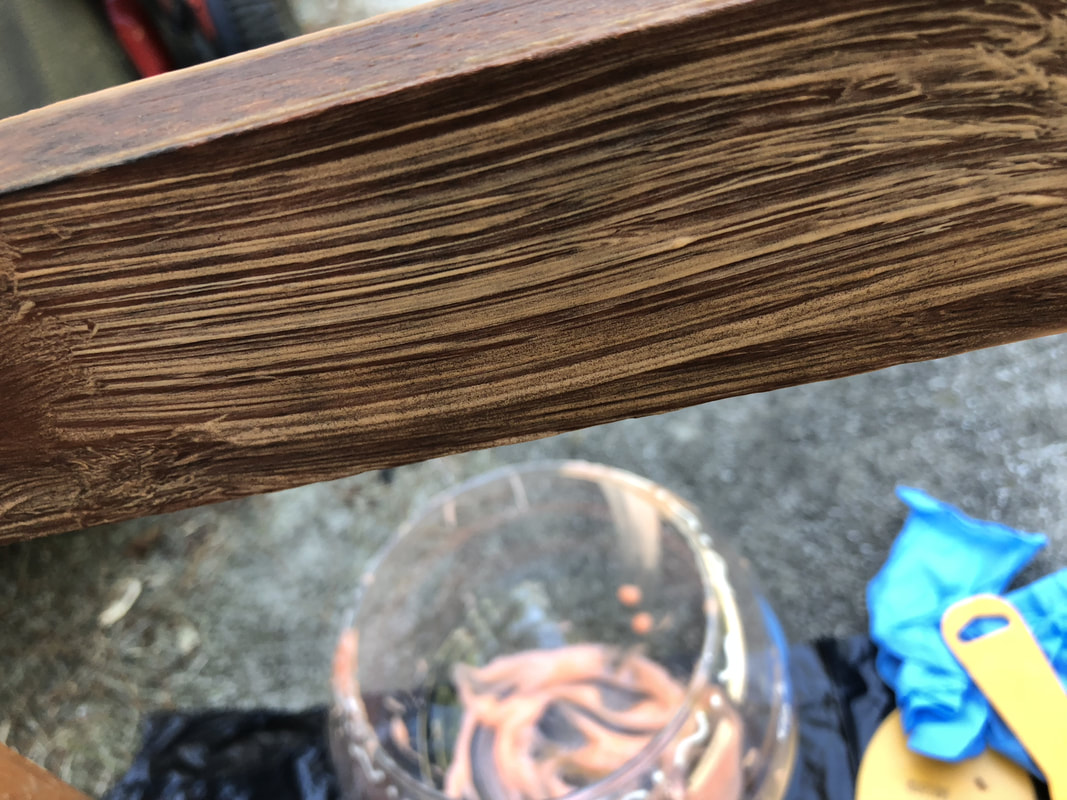
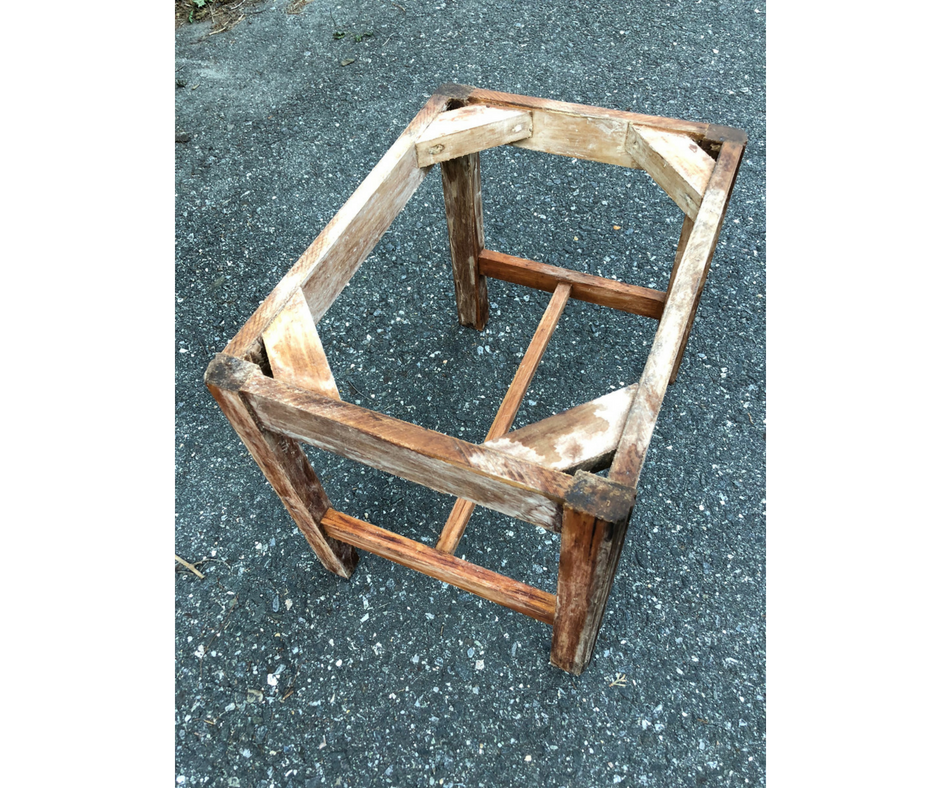
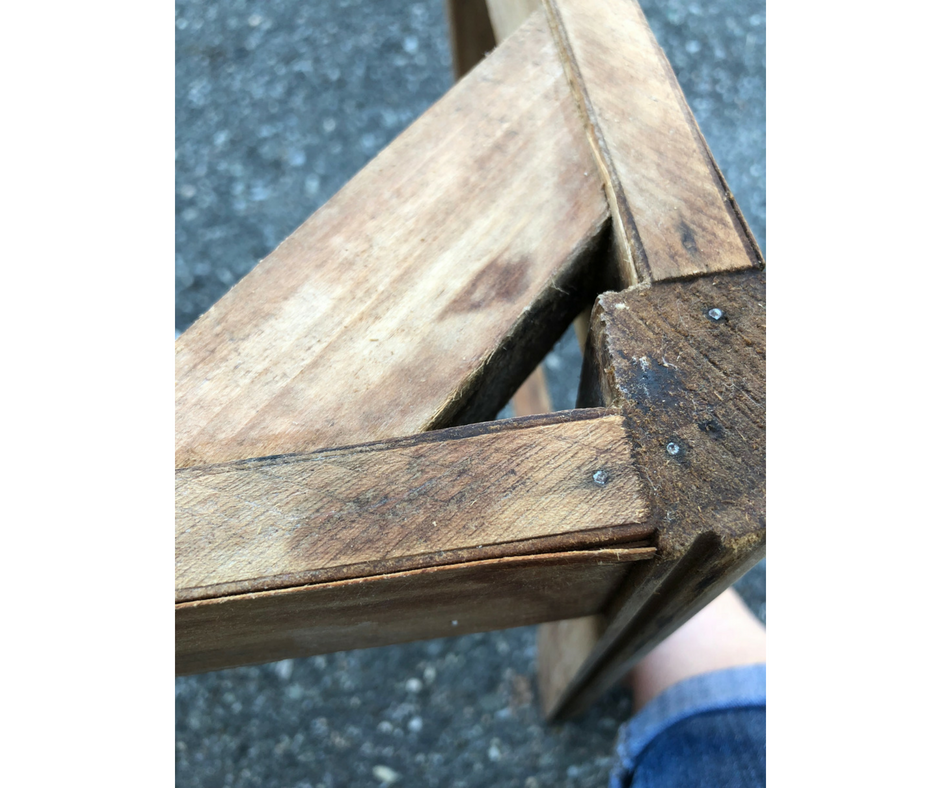
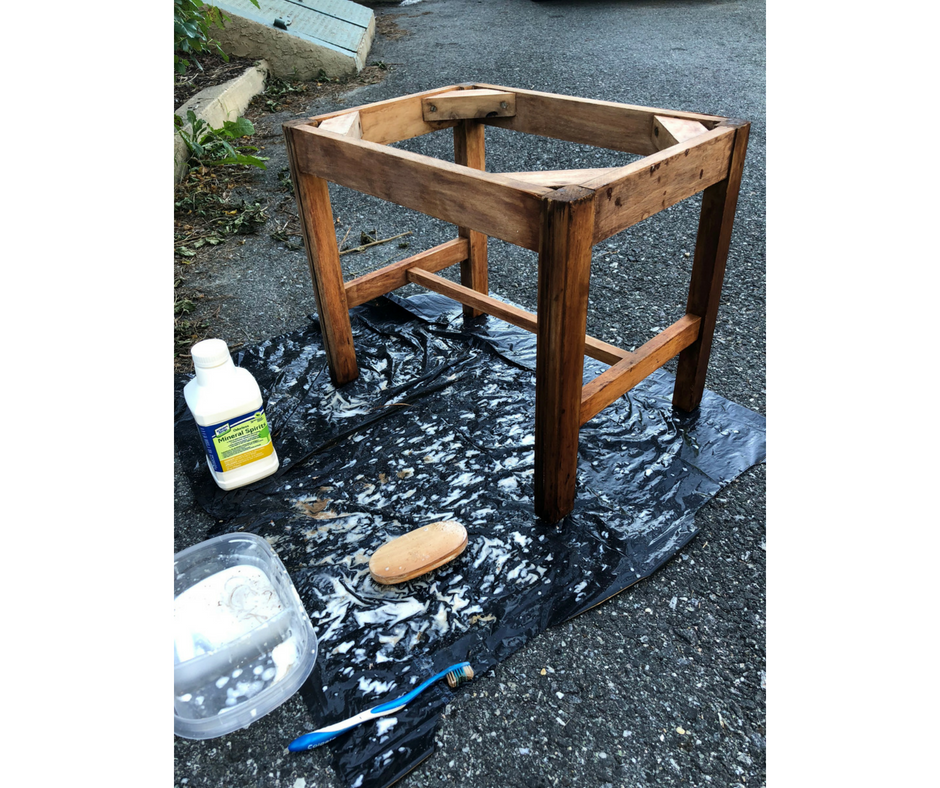
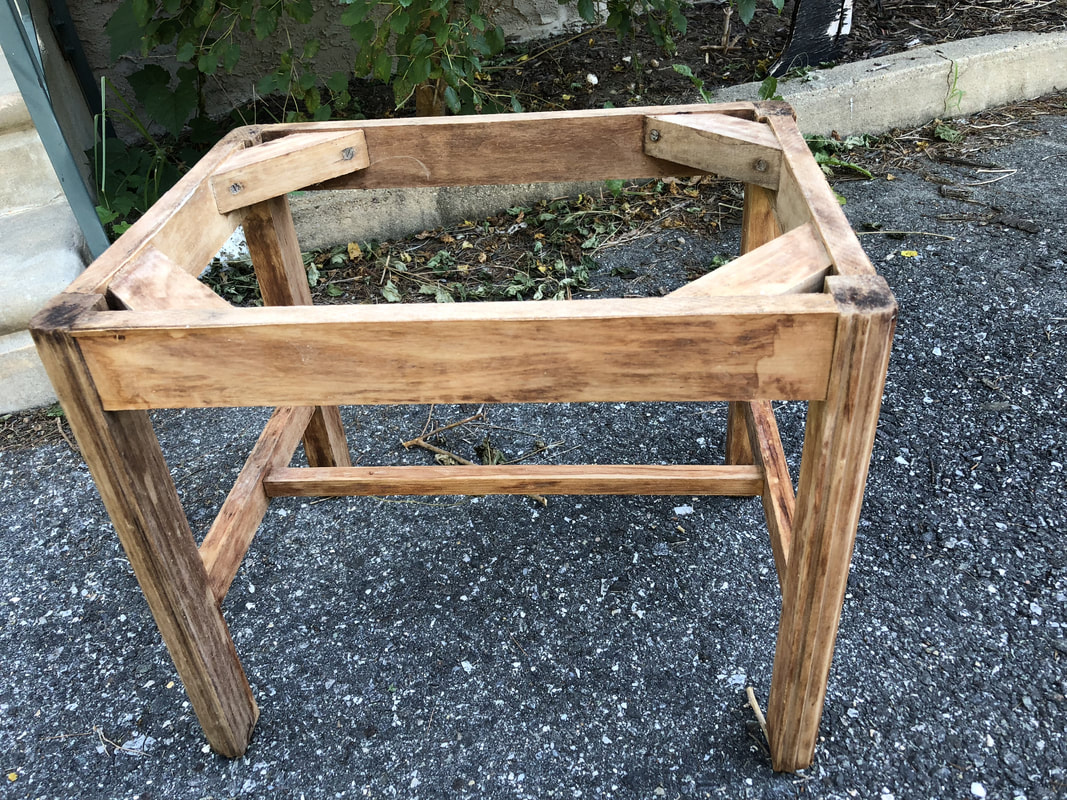
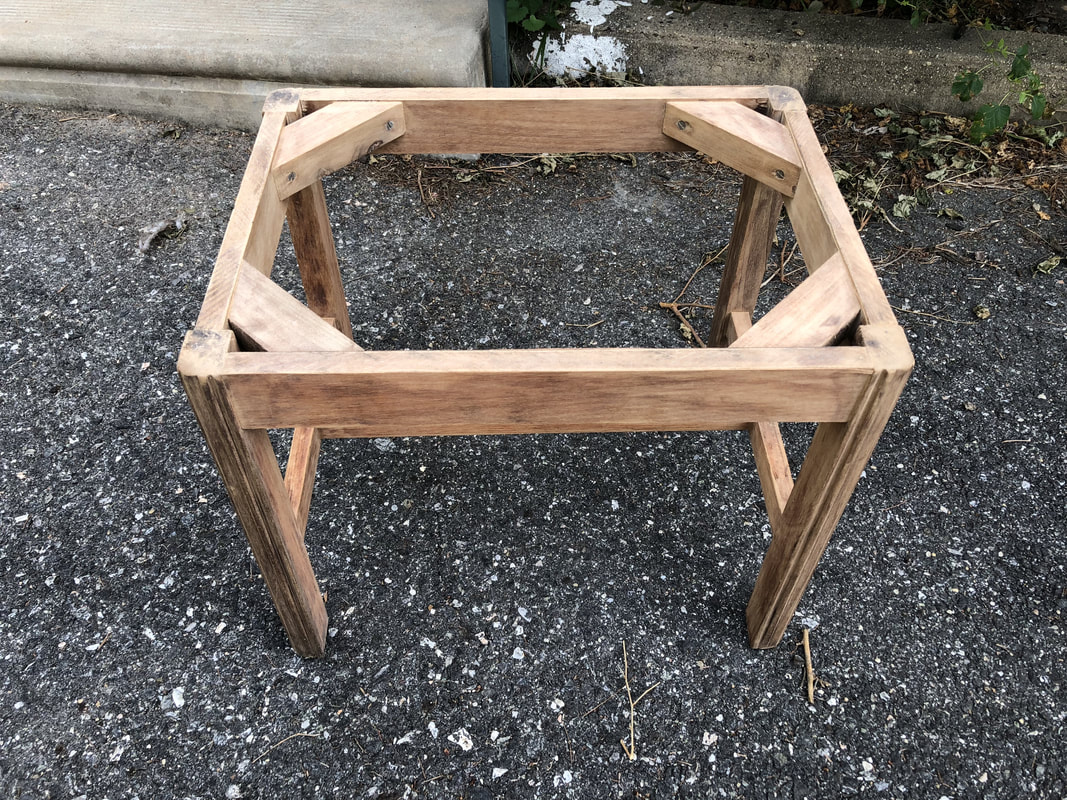


 RSS Feed
RSS Feed
